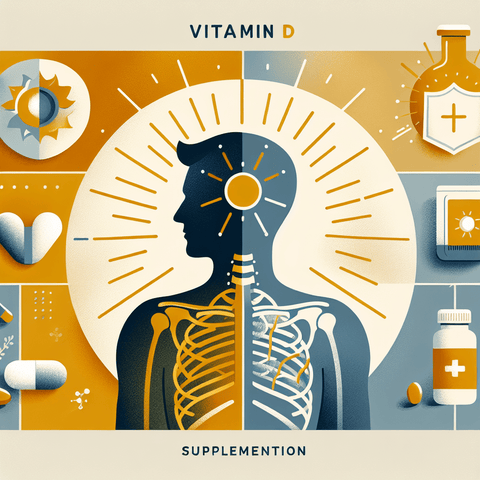Spot the 7 early signs of vitamin d deficiency symptoms you shouldn’t ignore. Recognizing vitamin d deficiency symptoms early can help you seek guidance promptly and discuss next steps with a healthcare professional. This page focuses on the signs to look for, quick ways to test your status, and steps you can discuss to support your overall vitamin D health. Common vitamin d deficiency symptoms to watch for include: fatigue or low energy; muscle weakness or aches; bone pain or tenderness; mood changes such as low mood or irritability; hair thinning or hair loss; joint pain or stiffness; and difficulty concentrating or mental fog. Quick tips to test your levels: The most common approach is a blood test for 25-hydroxyvitamin D, which you can request through a healthcare provider or certified lab. A clinician can interpret the result and discuss what it means for your situation and any recommended follow-up testing schedule. Remember that vitamin D status is one piece of a larger picture, and ranges may vary by lab and guidelines. Simple steps to boost your vitamin D today: To address vitamin d deficiency symptoms, talk with a clinician about a personalized plan. This may include arranging a test, reviewing symptoms, and deciding on appropriate next steps under professional guidance. Avoid self-diagnosis or self-treatment, and keep a record of any changes to help your clinician tailor guidance.



